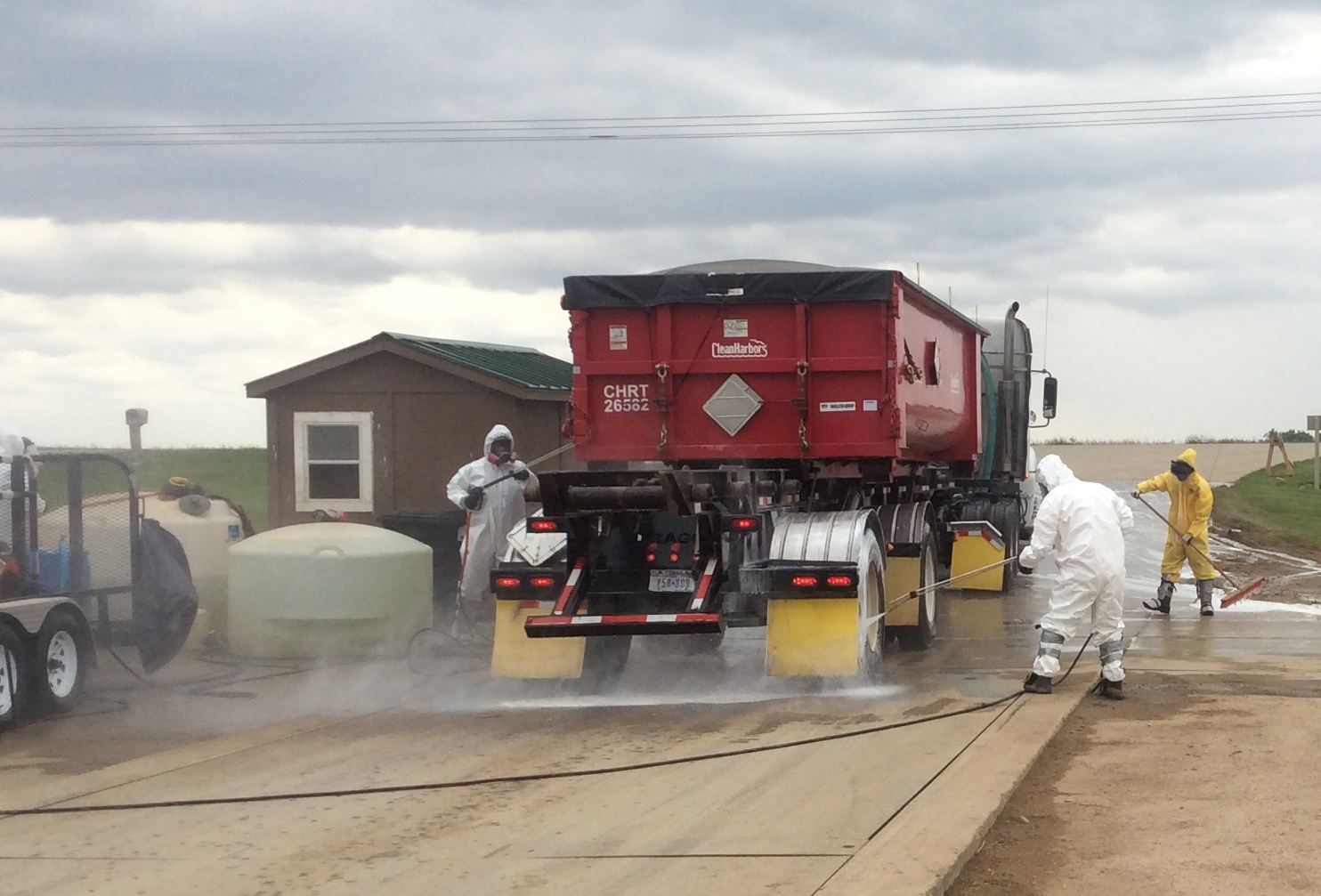



Pork Checkoff lists America's top five swine fever concerns
Clayton Johnson, partner with Carthage Veterinary Services, presented the top swine fever concerns in the US at the recent AASV annual event, as reported by Pork Checkoff.Even as the world has fixated on the coronavirus pandemic, African swine fever (ASF) has not taken a break in its relentless assault on the global swine herd, with more than 50 countries actively battling the costly disease. So far, the United States has avoided being added to this dubious list, but that requires ongoing vigilance and action, Pork Checkoff reports.
At the recent American Association of Swine Veterinarians annual meeting, veterinarian Clayton Johnson, a partner with Carthage Veterinary Services, Carthage, Illinois, offered five things that producers and veterinarians can keep in mind as the look to prevent ASF from entering the United States or from spreading once it arrives.
Contaminated pork
“The carcass is the biggest risk of transmission, whether a mortality or processed meat,” Johnson said. “For example, transmission could happen at one of our national parks if a foreign visitor brought in illegal meat products.”
He said that it’s a good idea to follow a no-pork-allowed policy on your pig farm when it comes to food items eaten on the premises. Johnson also recommends eliminating feeding kitchen waste and garbage. (Some states allow this under strict regulation.)
Contaminated visitors
“Exclusion is always a principle to apply in biosecurity,” Johnson said. “Complete exclusion of visitors from infected countries should be enforced.”
A five-day downtime for foreign visitors is recommended when exclusion isn’t possible or practical. Provide visitors US-sourced clothing and footwear for farm visits and don’t let them bring their items onto the premises.

Contaminated transport vehicles
“Remember, there are about 1 million pigs on the road in the US every day,” Johnson said. "That creates a major vulnerability if ASF enters our country."
Because transportation biosecurity is key to any biosecurity programme, have a stringent cleaning and disinfection protocol in place. Disinfection processes can be effective, including chemical, thermal and pH manipulation.
Contaminated mortality equipment
“I don’t feel confident that we will find ASF quickly once it enters the country,” Johnson said. “That’s why the first mortalities will spread the disease as normal disposal methods are used.”
Shared rendering vehicles pose a big risk, so rethink that disposal method, especially if a clear/dirty line isn’t followed. Also, be sure that pick-up locations are free of rodents, predators and birds.
Contaminated feed ingredients
We have good data to guide us with the recent research that’s been done,” Johnson said. “That’s why we want a minimum of four weeks of holding time so we don’t bring in virus from ASF-positive countries.”
Imported feed ingredients pose a significant risk for ASF and other foreign animal diseases, so avoid using imported feed ingredients from ASF-positive countries when possible. Also, consider using chemical disinfectants with residual activity and always observe recommended holding times/temperatures for imported ingredients.
ASF is a global battle
“Half of the world is in some stage of the battle against ASF on their soil,” Johnson said. “However, the United States holds the greatest arsenal of weapons to fight ASF with our good biosecurity strategies, diagnostic expertise, vaccines in development and good cleaning and sanitation capabilities.”
Johnson advocates sharing resources and expertise as much as possible in the fight against ASF. That includes veterinarians, researchers, diagnosticians, pharmaceutical companies and others coming together.
“When a country becomes positive for ASF, we don’t see it going back to normal,” Johnson said. “We should be very disturbed by this reality and do whatever is necessary to prevent from becoming the next ASF casualty.”








